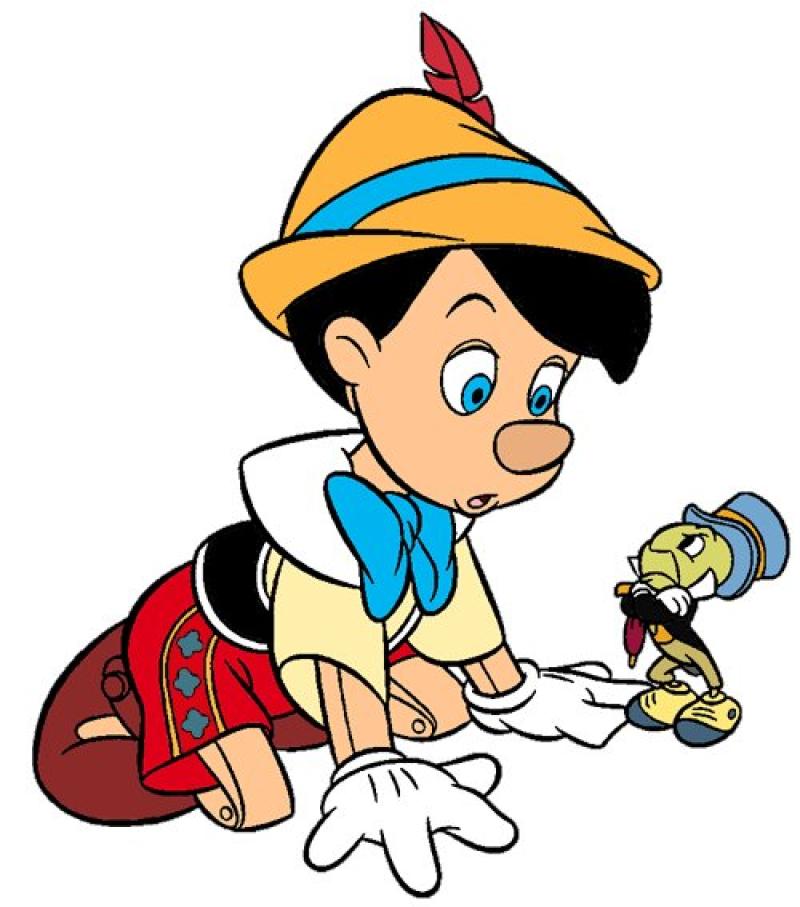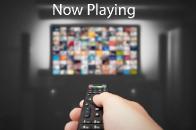Digging for the Deeper Meaning in Disney Movies

Digging for the Deeper Meaning in Disney Movies
Author scrutinizes the popular animated films, developing a guide to understanding what some call the Gospel According to Walt.
By Larry B. Stammer, Times Staff Writer, Los Angeles Times, August 21 2004

Ever since Walt Disney began turning out feature-length animated films, scholars, theologians and journalists have plumbed the depths of the simple morality tales for deeper religious meanings and messages.
Was Snow White's eating of the poison apple an allusion to the Fall in the Garden of Eden? When the puppet maker Geppetto was swallowed by a whale, was that a veiled reference to Jonah in Hebrew Scriptures? Were Jiminy Cricket's initials in "Pinocchio" a hidden reference to Jesus Christ?
While we're at it, have the Disney films morphed under the corporate leadership of Michael Eisner from an early reflection of Judeo-Christian religious sensibilities during Disney's life to embrace a wider pantheon of non-Western and pagan beliefs and gods? How do the stories accommodate changing cultural perceptions about race, sexual orientation and gender roles?
There has been no end of fascination with what some have called the Gospel According to Walt, and it's little wonder. The Disney gospel is among a child's earliest tutors, offering insights into acceptable human behavior and relationships through the dilemmas, triumphs and failures of its cartoon characters.
The scrutiny has been heightened by the fact that, unlike previous generations, more children are watching the films over and over, thanks to videotapes and DVDs. How are the stories playing -- and replaying -- on young, impressionable minds?
Among the latest to ask such questions is journalist Mark I. Pinsky, religion writer for Florida's Orlando Sentinel. A father of two, Pinsky set out to decode the parables and found, as others did before him, a common thread running through Disney features from "Snow White and the Seven Dwarfs," released in 1937, to "Brother Bear," released in 2003. His findings are in his latest book, "The Gospel According to Disney: Faith, Trust, and Pixie Dust" (Westminster John Knox Press).
"The Disney canon is fairly simple," Pinsky said in an interview. "Good is always rewarded. Evil is always punished. Faith is paramount -- faith in yourself and, equally, faith in something greater than yourself. It doesn't matter what it is that's greater than yourself." But don't look for overt references to God.
Pinsky calls his book a guidebook for parents and grandparents. Much of it is a short retelling of the Disney narratives, with a chapter devoted to most of the stories. Pinsky brings his own rendering of the story lines, seasoned with a religion writer's familiarity with belief systems, and the sensitivity that comes with being a father himself.
It is essentially a work of journalism rather than blazing paths into entirely new insights, which should not be surprising in view of Pinsky's training as a reporter. (He formerly worked at The Times.)
His task was complicated by the Disney company's refusal to grant him a single interview, whether with a corporate executive or an animator. Pinsky was forced to rely in part on the works of other scholars and authors, who are richly quoted and credited.
The new book is not Pinsky's first look at spirituality in American pop culture. His best-selling 2001 book, "The Gospel According to The Simpsons," looked at that television show's many major and minor religious allusions. The Simpsons book, a review by The Times in 2001 said, showed the author's appreciation for the "surprisingly rich spiritual life of the Simpsons and their Springfield neighbors."
Although Disney was by all accounts deeply respectful of institutional religion, he was not much of a churchgoer in his adult life. Biographers have said that he wanted to convey simple morality tales that taught right and wrong in a universally accepted idiom to children the world over. To do that, Disney resorted not to a sectarian creed, but to magic, which bridged cultures and belief systems.
Magic, not the Holy Spirit, was repeatedly employed as the instrument of hope and intervention on behalf of goodness and justice, as with Cinderella's Fairy Godmother and Pinocchio's Blue Fairy. It was also a smart marketing strategy that appealed to a larger audience of many and of no religious persuasions, Pinsky said.
Fairy godmothers and other heavenly manifestations, in turn, reinforced the efficacy of good works, love and faith on the part of Disney's cartoon protagonists. In other words, goodness and hard work have their own reward even when the odds seem stacked against you, including an evil stepmother or a reprobate fox leading a wooden boy astray.
So what about the bite Snow White took out of that apple and Geppetto's rescue by Pinocchio from the belly of the whale, or Jiminy Cricket's initials?
Parables have a way of speaking differently to people. Christians, Pinsky said, have alternately applauded and railed at the things they saw in the films. The important thing, he said, is that the films convey overarching values of faith, hard work, optimism, love and just being good.
That is not to say that the Disney films didn't stumble along the way, at least when viewed with the benefit of hindsight.
Early films reflected the prevalent culture of their times. But by today's standards, some could be seen as racist. Even the theatrical version of relatively recent Aladdin, released in 1992, cast Muslims in a bad light. (This was changed in the videotape and DVD versions). There have also been recent mixed messages on gays.
For that reason, Pinsky suggests that parents view the films with their children and either offer explanations or commentary about possible problematic scenes, or fast forward through them.
Among them is the black crows sequence in "Dumbo." While there is nothing overtly malicious in the scene, Pinsky reports, there is "an inescapable context." He said that among the crows was a preacher and a jazz musician "written and drawn by white people" in the manner of the old "Amos and Andy" radio shows of the 1920s through the 1940s. The crows speak in what the writers then saw as a black dialect replete with bad grammar: "Ax dem what dey want," one crow says to another.
Disney films began to reach beyond the old Disney canon in 1984 when Eisner and Jeffrey Katzenberg took the helm, Pinsky said. Their pictures included a sympathetic portrayal of Hinduism in "The Lion King," and Confucianism in "Mulan." There was animism in "Pocahontas" and shamanism in "Brother Bear." Female characters became more assertive. At the same time, in 1996 the Disney studios released "The Hunchback of Notre Dame," which has an explicitly Christian -- and more specifically Roman Catholic -- religious theme.
"Disney is an indicator of value shifts in America," Pinsky added. "They don't trail. And they don't get too far ahead."
Despite the studio's widening diversity of cultural and religious expressions, Pinsky said the values communicated are the same: "We respect differences. We don't hurt feelings of others, and there's always a happy ending that usually em bodies upward mobility."
Who is online
495 visitors


